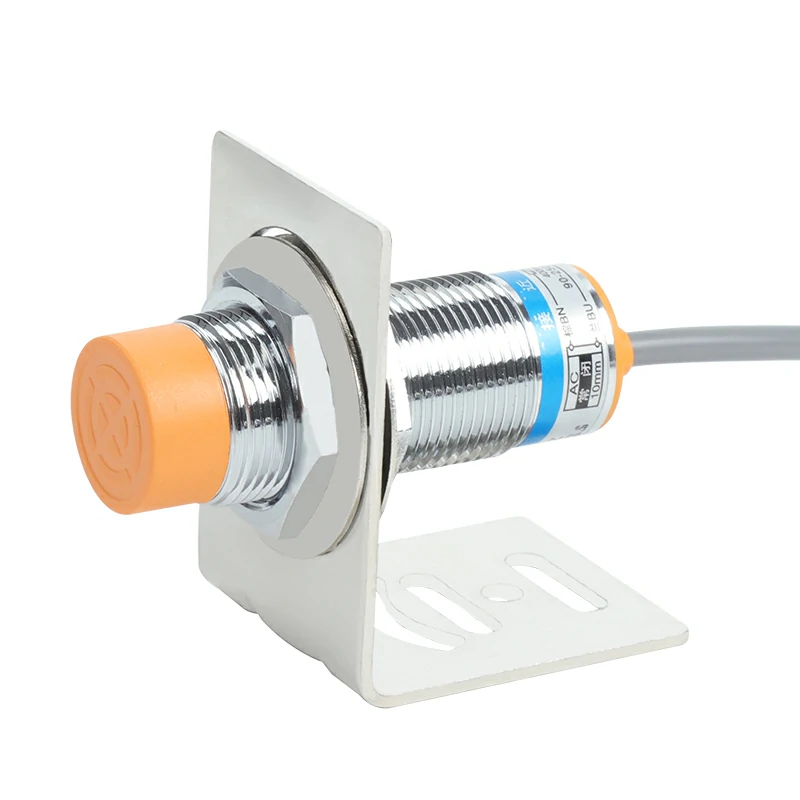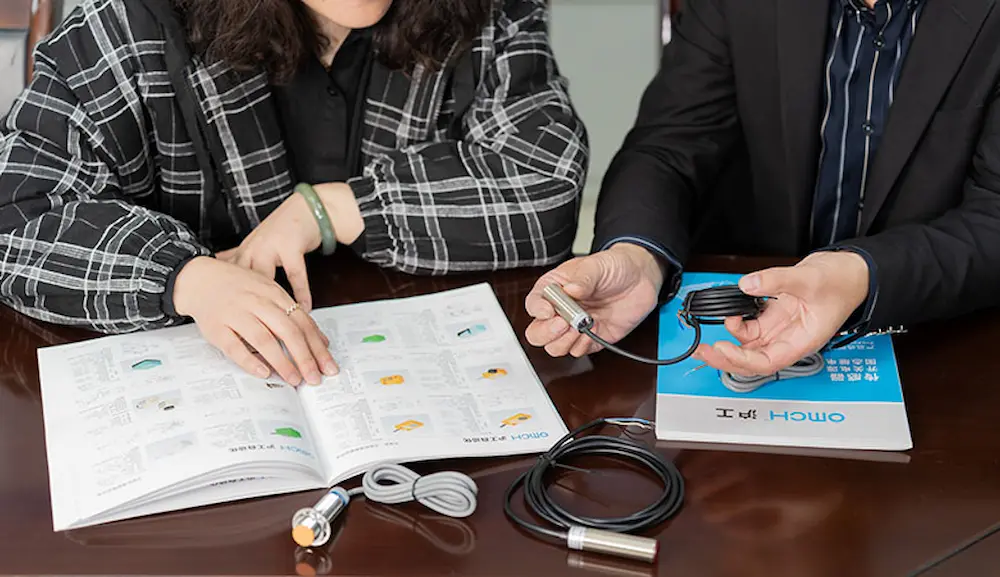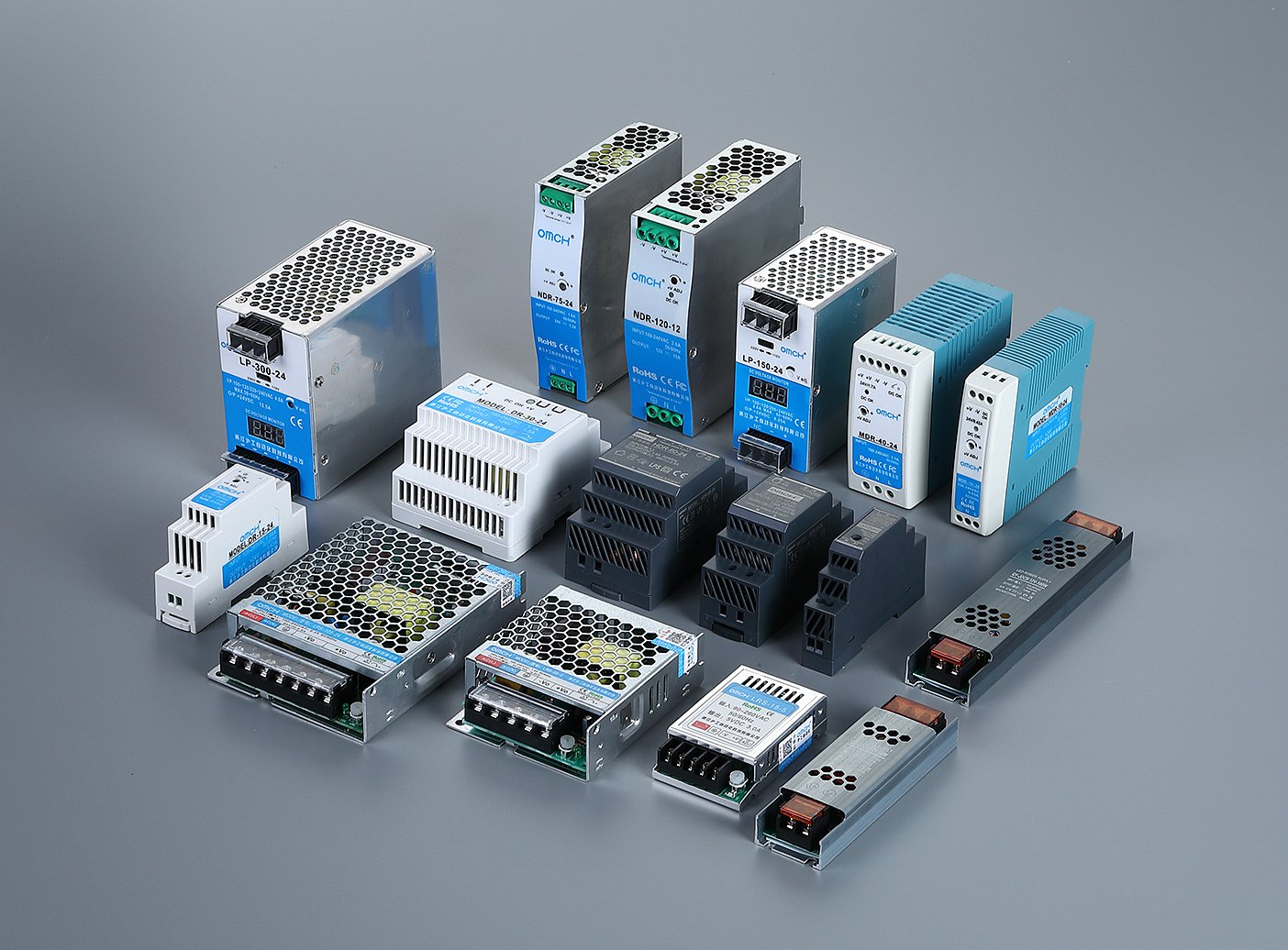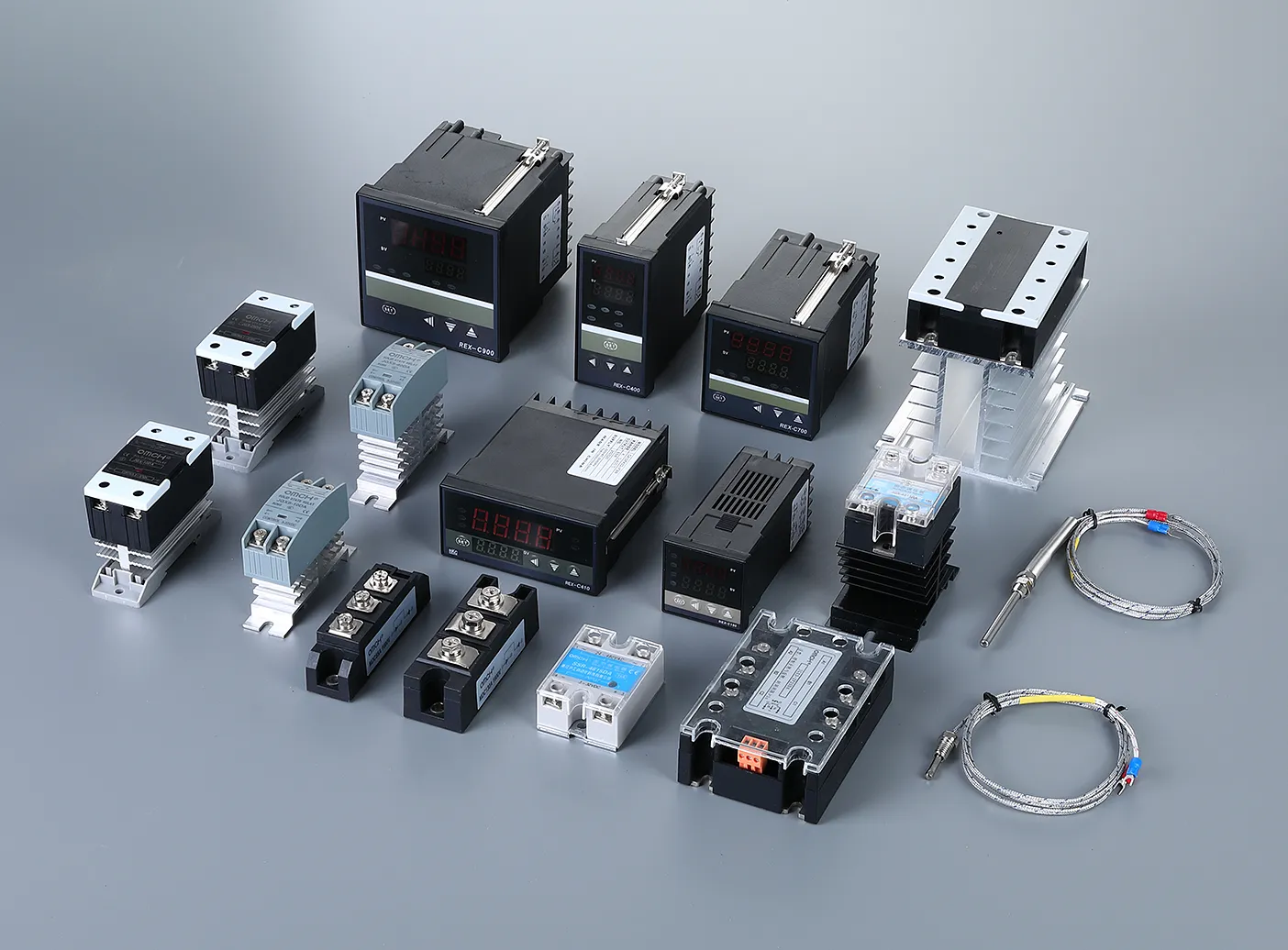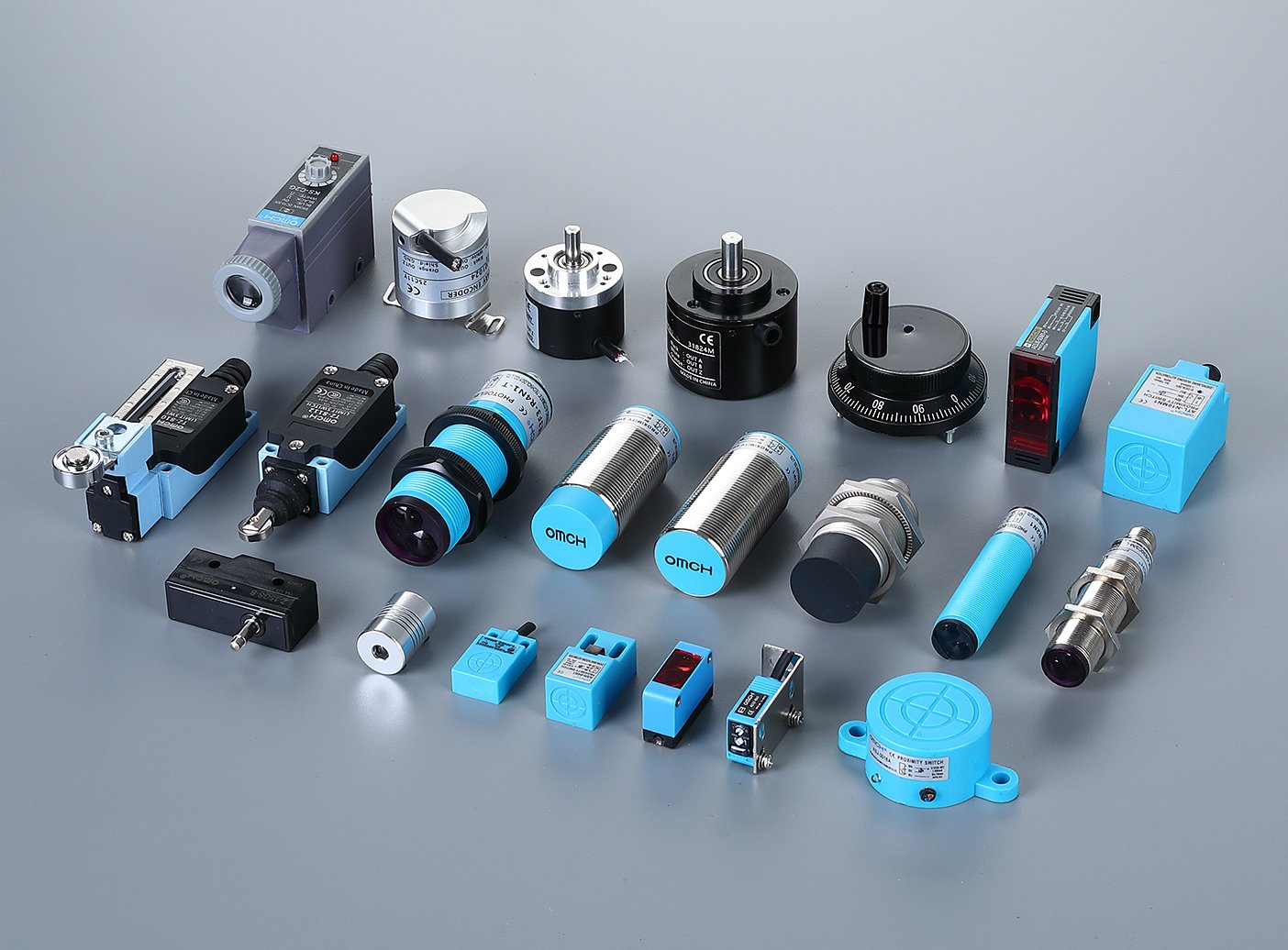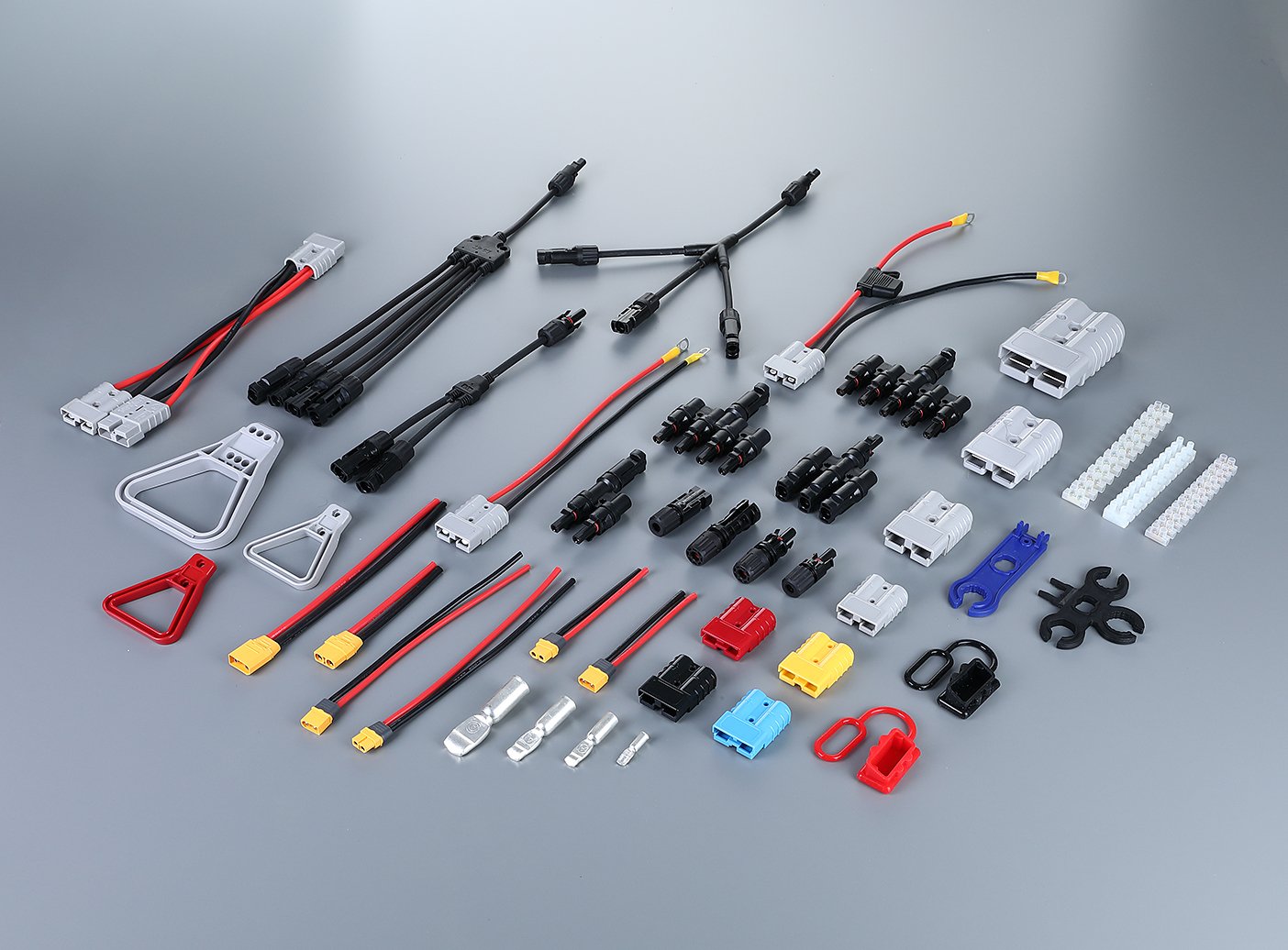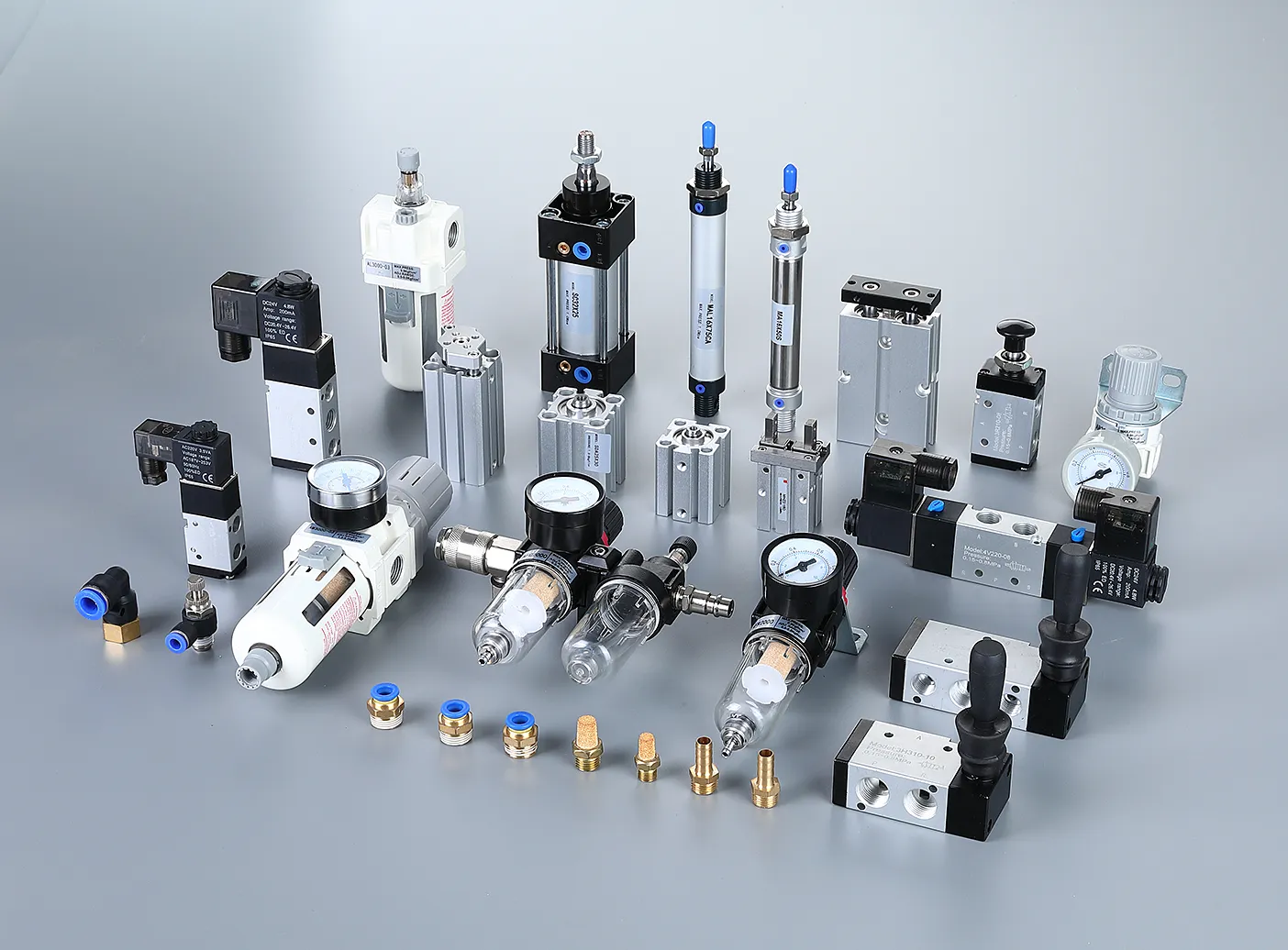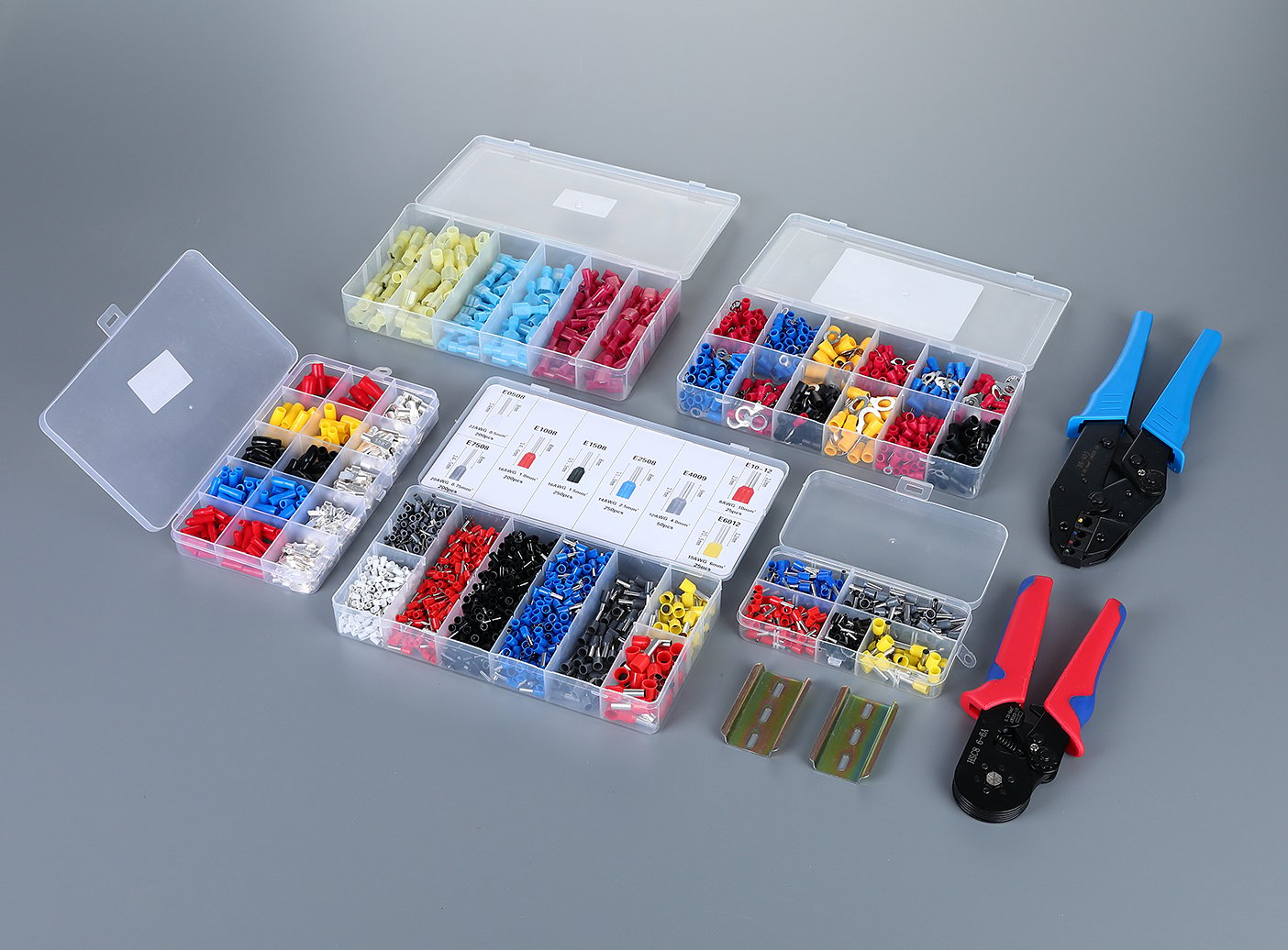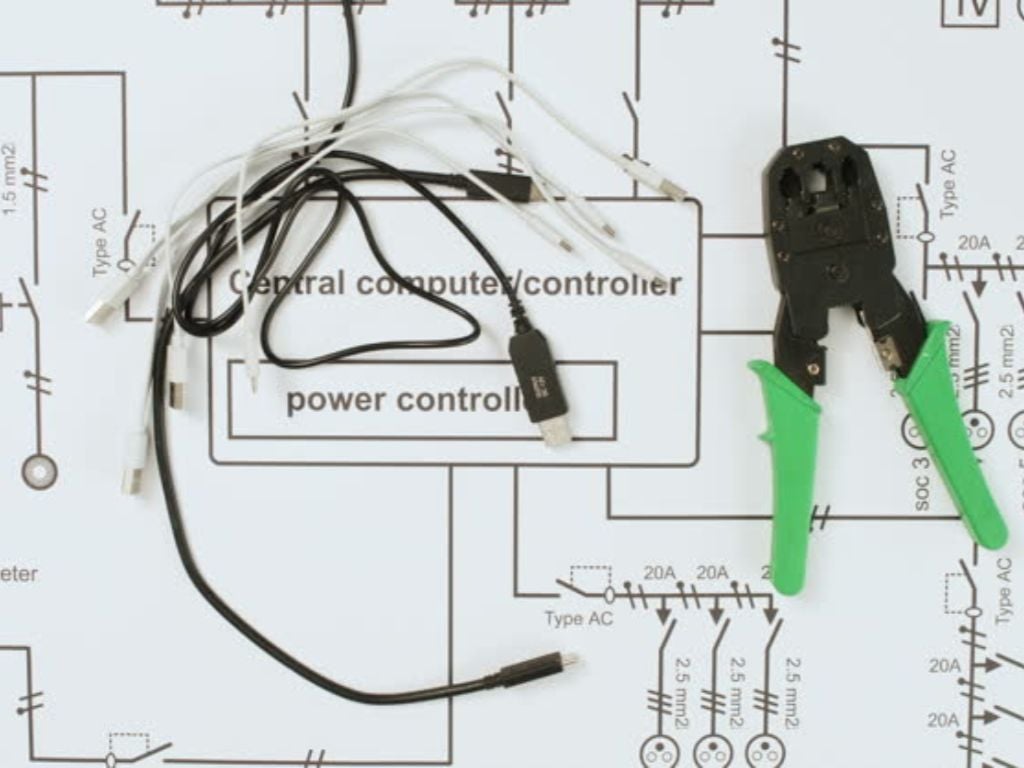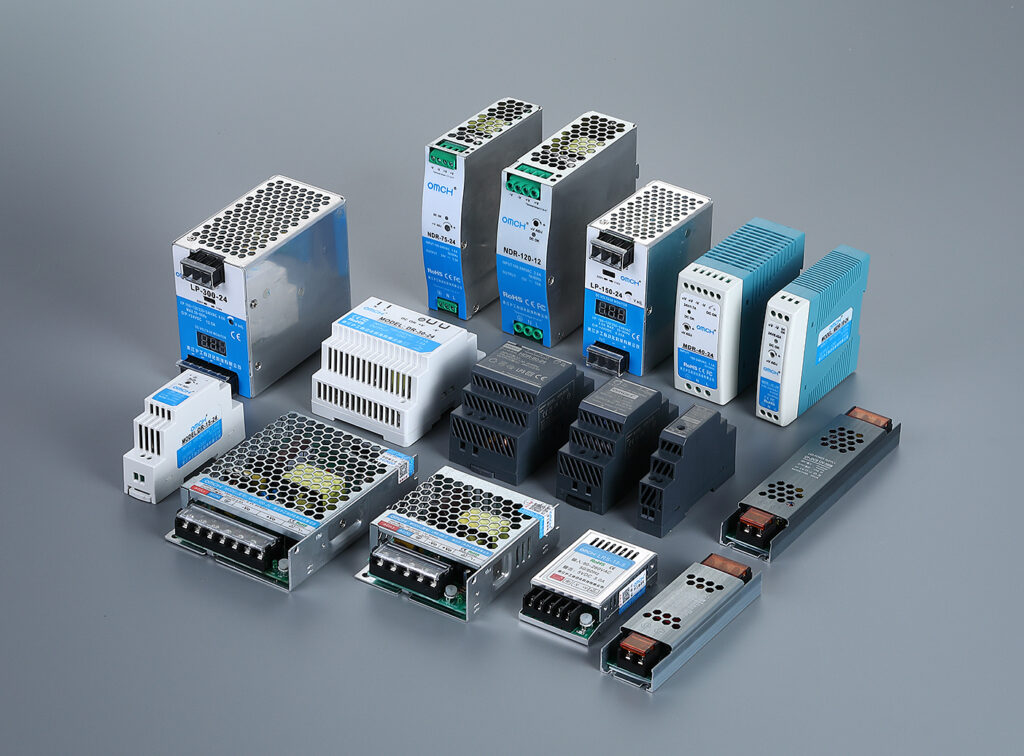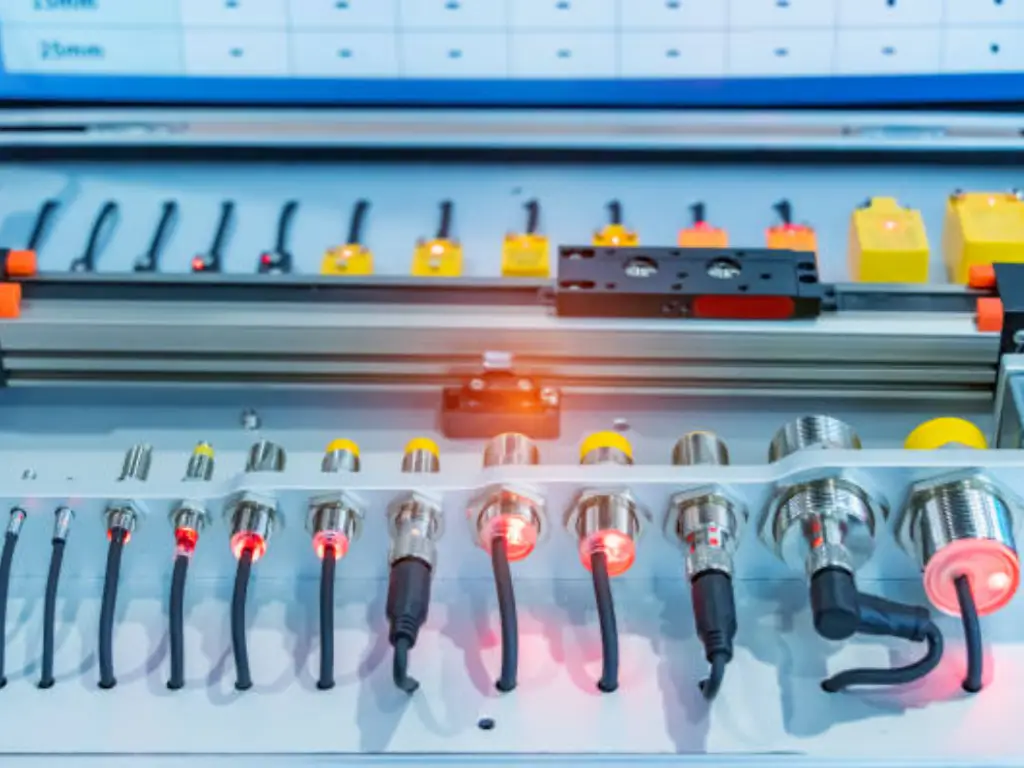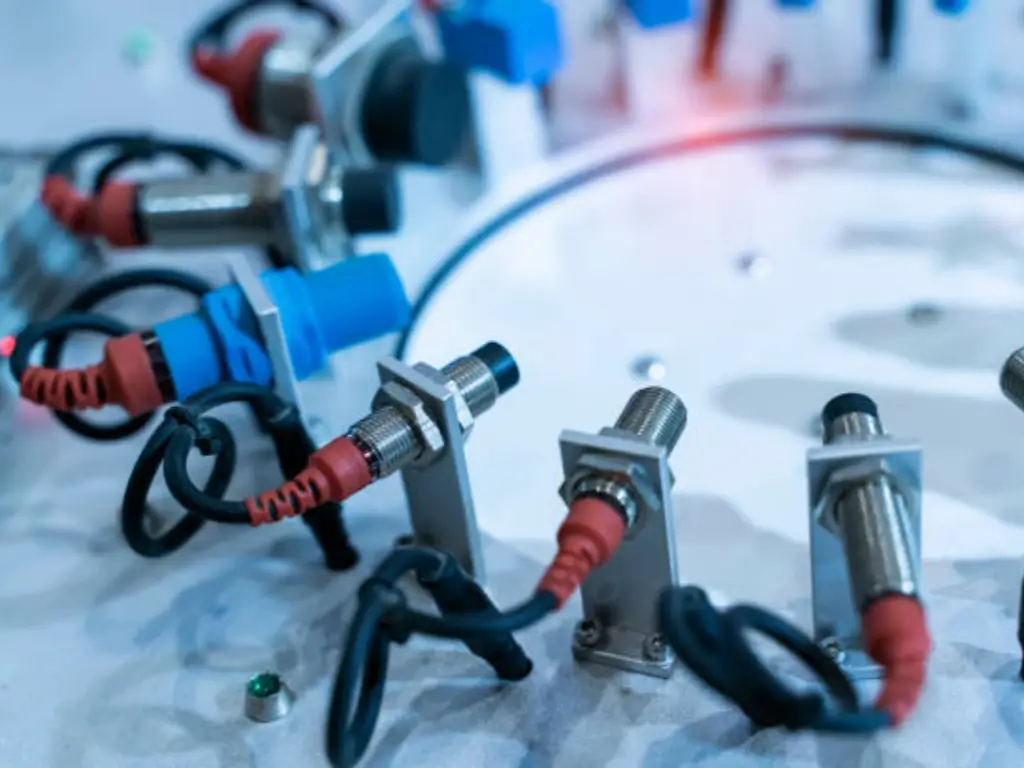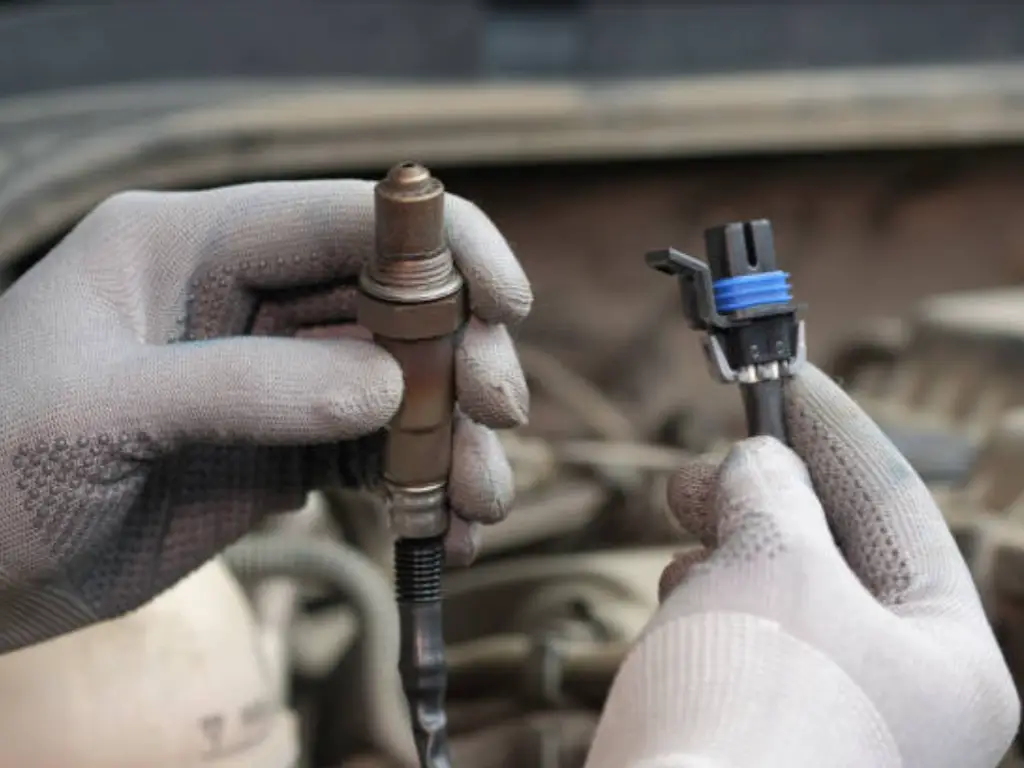
The sensors employed are a basic element in the architecture of modern industrial automation. The proximity sensor is the sense organ of a machine, allowing systems to sense their surroundings and to sense the presence of an object or the presence of objects and lack of objects without coming physically in contact with it. This handbook offers a conclusive introduction of proximity sensor technology, both in principle and in its diverse applications, and is intended to furnish engineers, distributors, and system integrators with the information necessary to the accurate and successful application.
What Is a Proximity Sensor and How It Works
A proximity sensor is an electronic instrument designed to carry out object recognition without touching it. This is its defining feature, non-contact capability, the main reason why it is widely used instead of traditional mechanical switches, which wear out and break.
The essence of a proximity sensor is to radiate an energy field, whether electromagnetic, optical or acoustic, and examine the reflected signal. Once an object of interest is within this sensing field, it interferes with the signal in a detectable manner, which causes the output signal to be activated. This simple yet robust principle allows for reliable, high-speed detection in a vast array of different applications.
The significance of these devices cannot be overestimated in the contemporary industries. They are used to count products, verify processes, and avoid collisions in such a hostile environment as high-speed manufacturing. They give the spatial awareness required by safe and precise movement in robotics. Proximity sensors are the silent workhorses that make the assembly lines run smoothly, conveyer belt logistics, minimize the wear, and enhance efficiency.
Different Types of Proximity Sensors and Their Uses
The selection of a proximity sensor is dictated by the application’s specific requirements, primarily the material of the target object and the operating environment. The five main types each offer a unique set of capabilities.
Inductive Proximity Sensors
How they work: An inductive sensor generates a high-frequency electromagnetic field from a coil in its sensing face. When a metallic object enters this field, it induces eddy currents on the object’s surface. These alternating currents draw energy from the sensor’s oscillator, causing a reduction in the field’s amplitude. The sensor’s circuitry detects this change and triggers the output.
- Best for: Detecting ferrous and non-ferrous metals, including iron, steel, aluminum, and copper.
- Advantages: Extremely durable and robust. They are highly resistant to environmental contaminants such as dust, oil, and moisture, making them ideal for harsh industrial settings. They also offer a long operational life due to their lack of moving parts.
- Limitations: They can only detect metallic objects. Their detection range is relatively short and is influenced by the type and size of the metal target.

Capacitive Proximity Sensors
Principle: A capacitive sensor operates by detecting changes in capacitance. It creates an electrostatic field, and the sensor and the target object act as the two plates of a capacitor. As the target approaches the sensing face, the capacitance of the system increases. When this capacitance reaches a predefined threshold, the sensor’s output is activated.
- Detects: A wide range of materials, including metals, plastics, wood, glass, powders, and liquids. This versatility is their key strength.
- Ideal for: Applications requiring non-metal detection, such as liquid level sensing (even through container walls), material presence confirmation in packaging, and monitoring powder levels in hoppers. They are prevalent in the food, chemical, and plastics industries.
Photoelectric Proximity Sensors
These sensors use a beam of light (typically infrared) to detect objects. An emitter sends the light, and a receiver detects its presence or absence.
- Through-beam: The emitter and receiver are housed in separate units facing each other. An object is detected when it breaks the continuous beam of light between them. This configuration offers the longest detection range and highest accuracy.
- Retro-reflective: The emitter and receiver are in a single housing. The light beam is directed at a special reflector, which bounces it back to the receiver. An object is detected when it interrupts this path. It combines a long range with the convenience of single-unit installation.
- Diffuse: The emitter and receiver are also in one housing. The sensor emits a beam of light and relies on the light reflecting directly off the target object to the receiver. It is the simplest to install but has the shortest range and is sensitive to the target’s color and reflectivity.
Ultrasonic Proximity Sensors
How they work: An ultrasonic sensor emits a high-frequency sound pulse and measures the time it takes for the echo to return from a target object. By calculating this time interval, the sensor can determine the distance to the object with high precision.
- Detects: Virtually any material, regardless of its color, transparency, or surface texture. This includes clear glass, liquids, and irregularly shaped objects that are challenging for photoelectric sensors.
- Common in: Automotive manufacturing for part detection, warehouse automation for obstacle avoidance, and tank level monitoring in various industries.

Magnetic and Specialized Proximity Sensors
These sensors, such as Hall effect sensors or reed switches, operate by detecting the presence of a magnetic field. The target object must be a magnet or be made of a ferromagnetic material.
- Uses: They are highly reliable for position sensing in applications like hydraulic cylinders, elevator positioning, and security systems where a magnet can be affixed to the moving part.
- Ideal for: Safety-critical environments and niche applications where detection must be immune to non-magnetic interference like dirt, water, or light.
Proximity Sensor Working Principles Explained
A deeper technical understanding of how each sensor operates is crucial for optimal selection and troubleshooting. The detection process for each type is fundamentally different, leveraging distinct physical principles.
- Inductive Sensing: The core is an LC oscillator circuit. The inductor’s coil generates the electromagnetic field. The presence of a metal target effectively “damps” the oscillator, and the detection circuit triggers when the oscillation amplitude drops below a set point.
- Capacitive Sensing: The sensor’s face acts as one capacitor plate, and the target acts as the other. The air between them is the dielectric. As the target approaches, the distance decreases, increasing the capacitance (Cpropto1/d). An internal circuit monitors this capacitance value.
- Photoelectric Sensing: This relies on the interruption or reflection of a light beam. The emitter is typically an LED, and the receiver is a phototransistor. The circuitry is designed to distinguish between the presence and absence of the modulated light from its own emitter, minimizing interference from ambient light.
- Acoustic Sensing: Ultrasonic sensors use a transducer to convert an electrical signal into a high-frequency sound pulse and then convert the returning echo back into an electrical signal. A microprocessor calculates the time of flight to determine distance.
Comparison of Working Principles
| Sensor Type | Working Principle | Materials Detected | Typical Range | Ideal Environments |
| Inductive | Electromagnetic Induction | Metals Only | Short (1-60 mm) | Oily, dusty, dirty industrial settings |
| Capacitive | Electrostatic Capacitance | All Materials | Short (3-60 mm) | Level sensing, non-metal detection |
| Photoelectric | Light Beam (Interruption/Reflection) | Most Materials | Long (up to 60 m) | Clean environments, long-distance needs |
| Ultrasonic | Sound Wave Echo (Time of Flight) | All Materials | Medium (30 mm – 10 m) | Detecting transparent or irregular objects |
| Magnetic | Magnetic Field Detection | Magnets / Ferrous Metals | Varies | High-interference, position tracking |
Proximity Sensor Applications in Industrial Automation

Proximity sensors are integral to automation across countless industries. Their ability to provide reliable, real-time data without physical contact drives efficiency and control.
- Manufacturing and Assembly Lines: Inductive sensors are standard for detecting the presence and position of metal parts, confirming that a component is correctly seated in a jig, or counting finished goods.
- Packaging and Logistics: Photoelectric sensors are used extensively on conveyor systems for counting boxes, detecting fill levels, and ensuring proper alignment. Capacitive sensors detect the presence of products inside cardboard packaging.
- Automotive and Robotics: Ultrasonic sensors are used for obstacle detection in AGVs (Automated Guided Vehicles) and robotic arms. Inductive sensors confirm the position of engine components during assembly.
- Liquid-Level and Powder Monitoring: Capacitive and ultrasonic sensors are the primary choices for non-contact level monitoring in tanks and silos across the chemical, agricultural, and food processing industries.
- Smart Warehouses and IoT Systems: Modern sensors integrate with industrial networks like IO-Link, feeding data directly into SCADA and IoT platforms for real-time monitoring, predictive maintenance, and operational analytics.
Pro Tip: Real-World Case Studies
- Food Processing Plant: A beverage facility used capacitive sensors mounted on the outside of non-metallic sight tubes to monitor liquid levels without contacting the product, ensuring hygienic standards and preventing overflow.
- Automated Warehouse: An e-commerce distribution center deployed retro-reflective photoelectric sensors along its main conveyor arteries to track totes and control sorting gates, achieving 99.9% sorting accuracy at high speeds.
How to Select the Right Proximity Sensor for Your Needs
Choosing the optimal sensor involves a systematic evaluation of the application’s unique demands. Following this five-step process ensures a reliable and cost-effective solution.
Step 1: Define Target Material This is the most critical first step. Is the object metal, non-metal, transparent, liquid, or a powder? This will immediately narrow the choices.
- Metal Only: Inductive is the default choice.
- Any Material: Capacitive or Ultrasonic.
- Transparent/Clear: Ultrasonic or a specialized Photoelectric sensor.
Step 2: Set Detection Range & Precision How far away does the sensor need to detect the object?
- Short Range (< 60mm): Inductive or Capacitive.
- Medium to Long Range: Photoelectric or Ultrasonic.
Step 3: Assess Environmental Conditions Where will the sensor operate?
- Dusty, Oily, Humid: Inductive sensors are highly robust. Ensure any sensor has an appropriate IP (Ingress Protection) rating (e.g., IP67).
- Extreme Temperatures or Vibrations: Look for sensors specifically designed for these conditions.
Step 4: Evaluate Speed & Reliability Requirements How fast is the process?
- High-Speed Production: Photoelectric and inductive sensors typically offer the fastest response times.
- Safety Monitoring: Use sensors designed for safety applications with redundant outputs.
Step 5: Balance Cost vs. Performance Consider the total lifecycle cost. A cheaper sensor that fails frequently can cost more in downtime than a more durable, higher-priced alternative. Factor in brand reputation, durability, and warranty.
Selection Decision Flowchart
START: What is the target material?
- Is it Metal?
--->Inductive Sensor (Ideal for all metal types)
- Is it Non-Metal?
- Is the non-metal object transparent (e.g., glass, clear liquid)?
--->Yes: Ultrasonic Sensor--->No: Capacitive Sensor
- Is the non-metal object transparent (e.g., glass, clear liquid)?
- Is the primary requirement Long-Range Detection?
--->Photoelectric Sensor (Best for distance, regardless of material)
OMCH Proximity Sensors and Industrial Automation Solutions 🔹
Selecting the right sensor is only half the battle. For distributors, system integrators, and OEMs, securing a reliable supply chain partner is paramount to project success. A partner must provide not just components, but a complete solution encompassing technical expertise, logistical efficiency, and unwavering quality.
OMCH Proximity Sensor Product Range
OMCH offers a comprehensive portfolio of industrial sensors designed to meet the diverse needs of modern automation. Our product range includes high-performance inductive, capacitive, photoelectric, ultrasonic, and magnetic sensors. This one-stop solution empowers our B2B clients to source all their sensing requirements from a single, trusted provider, simplifying procurement and ensuring component compatibility.
Why Businesses Choose OMCH
We understand that our B2B clients require more than just products; they need a strategic partner.
- Full B2B Support: We provide tailored support for bulk purchasing, flexible global logistics, and expert technical consulting to help you select the perfect sensor for any application.
- Strict Quality Control: Our sensors are manufactured to meet rigorous international standards, featuring durable designs and certifications that guarantee reliability in demanding industrial environments.
- Fast Delivery: Leveraging a sophisticated global supply chain, OMCH ensures short lead times and stable inventory, minimizing project delays and keeping your production lines running.
Explore our full range of industrial automation solutions at https://www.omch.com/.
Future Trends in Proximity Sensor Technology
The field of sensing technology is continuously evolving, driven by the demands of Industry 4.0 and the IoT.
- IoT Integration: The rise of smart sensors with IO-Link communication is a major trend. These devices can transmit diagnostic data, be configured remotely, and integrate seamlessly into industrial networks, moving from simple on/off devices to intelligent data sources.
- AI-Powered Sensing: The fusion of proximity data with computer vision and AI algorithms is enabling more sophisticated applications, allowing systems to not only detect presence but also identify objects and predict behavior.
- Miniaturization and Energy Efficiency: Sensors are becoming smaller and more power-efficient, opening up new applications in compact robotics, wearable devices, and battery-powered systems.
- Predictive Maintenance: By providing continuous data on machine operation, smart sensors are becoming key enablers of predictive maintenance, allowing for the early detection of wear and potential faults before they cause costly downtime.
Proximity Sensor Buying Guide and Expert Recommendations
To conclude, making the right choice requires a clear understanding of the core technologies and a methodical approach to selection.
Recap:
- Inductive: For reliable metal detection in tough environments.
- Capacitive: For versatile detection of nearly any material.
- Photoelectric: For long-range detection and high-speed applications.
- Ultrasonic: For challenging targets like glass, liquids, and irregular shapes.
Industry-Specific Recommendations:
- For Automotive Assembly: Prioritize robust inductive sensors for metal part positioning and diffuse photoelectric sensors for component presence verification.
- For Food & Beverage Packaging: Select capacitive sensors for fill-level detection and photoelectric sensors with high IP ratings (IP68/IP69K) for washdown environments.
- For Warehouse Logistics: Use retro-reflective photoelectric sensors for conveyor control and ultrasonic sensors for AGV navigation and collision avoidance.
For distributors and businesses looking to build reliable, efficient, and cost-effective automation systems, partnering with an experienced supplier is crucial. We encourage you to contact OMCH for expert consultation on your specific application, bulk purchasing inquiries, and customized solutions.

